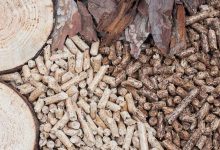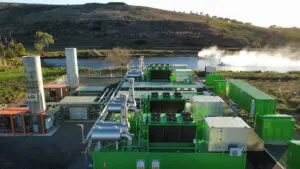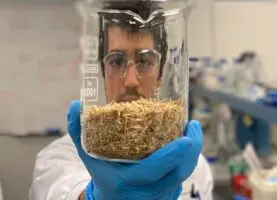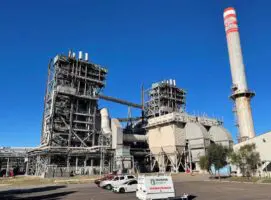Pressure is mounting on the Albanese government to rule out the use of native forest biomass for renewable energy generation – particularly as a replacement for coal in ageing coal generators – with one green group arguing that it “fails even the most basic common sense test.”
The thorny subject of woody biomass is back on the Australian political agenda in debate over the finer details of Labor’s landmark Climate Change Bill, with green groups singling it out as a key threat to the credibility of the newly boosted emissions reduction target.
In the short history of Australia’s “climate wars,” native forest biomass was excluded as a source of renewable energy from the Renewable Energy Act 2000 under the Labor Gillard government, but is now included, thanks to amendment made by the Abbott government.
As noted in a submission on the Climate Bill from Wilderness Australia, that amendment has led to an increase in the number of proposals to use native forest biomass as a replacement for coal or use it to co-fire with coal in the name of clean and renewable energy.
As recently as June, the CEO of Alinta Energy – the operator of what will be one of the last coal generators operating in the grid – set off for Europe to meet with generation companies with experience converting from coal to biomass.
In an interview with RenewEconomy, Alinta’s Jeff Dimery said the company was investigating “all plausible opportunities” to extend the life of its coal generation fleet – and biomass is high on the list.
“As I sit here and look at [things], there’s not enough wind, solar and battery to get us through.
“We have to have an alternative. …There are other alternative fuels like biomass that have been successfully integrated overseas.”
And while some companies may indeed have successfully integrated biomass as an alternative fuel for coal plants, whether or not this has been a successful way to reduce emissions – the actual name of the game – is fiercely debated.
According to a report published from London around the time of the Abbott government’s move include biomass as a renewable energy source, the assumption that forest biomass should be considered carbon neutral is flat wrong.
The report from the independent think tank Chatham House, the Royal Institute of International Affairs, found that the carbon emitted from logging and combustion of forest biomass for energy can be three times higher than using fossil fuels and take centuries for new tree growth to counter.
“It is not valid to claim that because trees absorb carbon as they grow emissions from burning them can be ignored,” the report says.
“Urgent changes are needed to address serious gaps in emissions accounting for land use at the international level, and failing that the full emissions generated by burning wood in power stations should be accounted in the energy.”
In its submission to the inquiry into the the 2022 Climate Bill, Wilderness Australia says that counting native forest biomass as clean, green energy “fails even the most basic common sense test.”
That’s because any forest older than 30 years cannot recover from logging before 2050, the submission says, and because “generating energy from native forest biomass results in more GHG emissions per unit of energy than coal.”
“The myth that logging is carbon neutral has been promoted through a carbon accounting sleight of hand that allows emissions from areas logged in any year to be netted out by sequestration in the entire forest estate,” says the submission, co-signed by the organisation’s chair, Bob Debus, a former NSW environment minister and attorney general.
“Allowing forests to grow old, known as ‘proforestation’, is the fastest and lowest risk pathway to increase sequestration in forests, given that they sequester more carbon, more securely in the last two thirds of their life than in the first third.”
And Wilderness Australia is far from alone. The Australian Conservation Foundation, too, wants the Renewable Energy Act ameded to exclude native forest biomass as a source of renewable energy, and for use by accredited power stations applying for Large Scale Generation Certificates.
Renewable energy industry body the Smart Energy Council is also on the record as not supporting biomass from native forests – “That’s not smart energy,” its website say,
Meanwhile, in the UK – perhaps one of the places where Alinta hopes to find successful examples of woody biomass as an alternative to coal – the green credentials of the Drax converted coal plant in Yorkshire are seriously shaky.
A BBC report in January notes that climate think tank Ember counts the massive wood pellet fuelled power station as the UK’s single largest source of carbon dioxide. Drax’s stock was also removed from the S&P Global Clean Energy Index in late 2021 after it changed its methodology.










